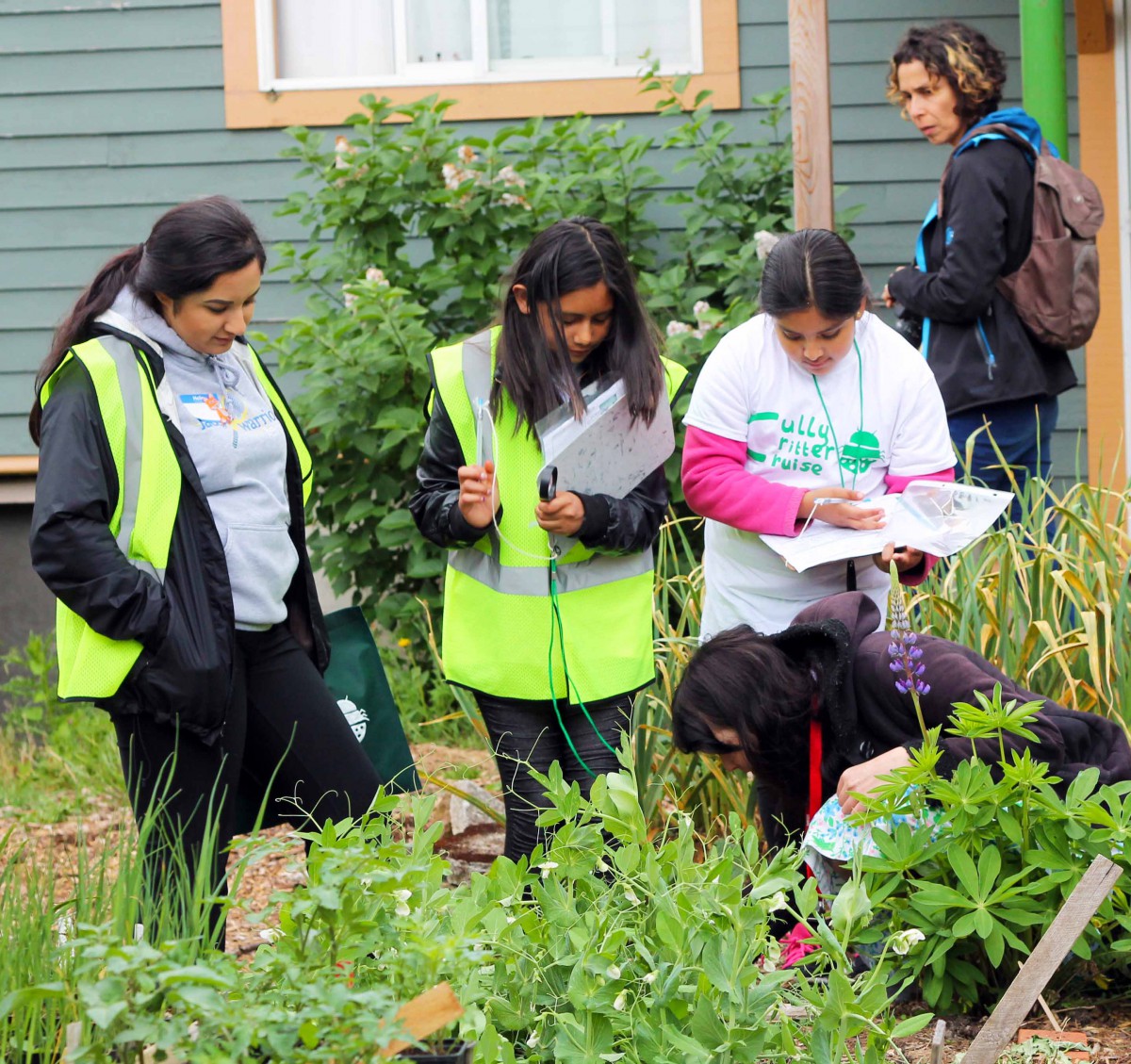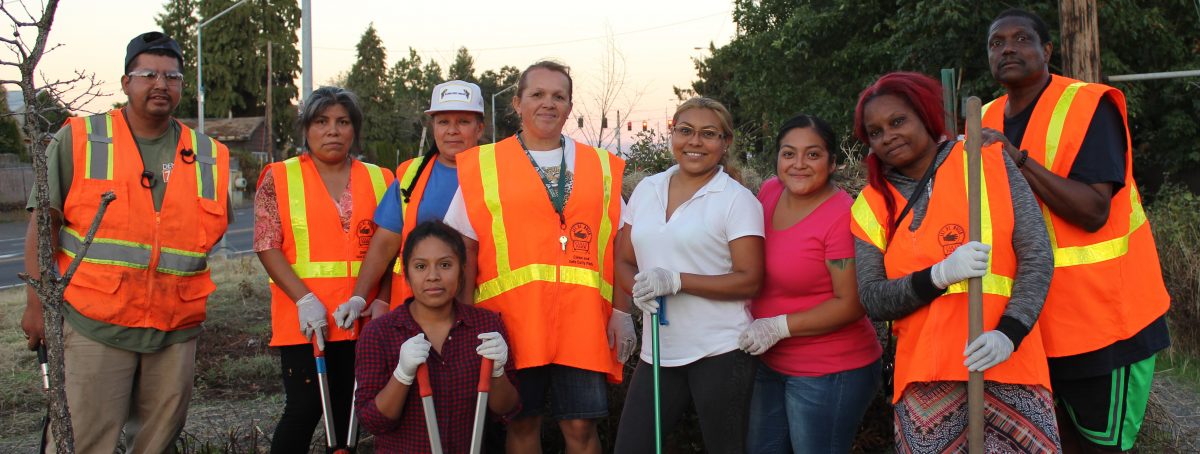Context and Background
Cully is a socially and economically diverse neighborhood north-east of downtown Portland. It was annexed by Portland in 1985 and still lacks basic infrastructure such as sidewalks in many parts. Residents are low-income, making an average of $10,000 less than an average Portland resident, and poverty levels are 17% higher than the city average.
Living Cully is a partnership formed in 2010 between four community organizations (Hacienda Community Development Corporation, Native American Youth and Family Center (NAYA), Verde and Habitat for Humanity Portland Metro/East) to preserve neighborhood character and prevent displacement.
Living Cully employs sustainability as an anti-poverty strategy by directing environmental investments to the neighborhood along with traditional community development resources.

Design and Program
Living Cully offers several programs to empower economic mobility to its residents, improve access to open spaces, provide high-quality affordable housing and prevent displacement.
Affordable Housing: Hacienda, an affordable community development corporation, has built 376 affordable multi-family units in the area. Hacienda and Verde are piloting an accessory dwelling unit (ADU) program (ADUs are second units on existing lots with homes that create additional income for homeowners while increasing housing supply) on properties owned by low income people and will be made available for rent to low income people of color or other households at risk of displacement. Habitat for Humanity is building 15 new affordable homes, seven of which will be ready in Fall 2019.
Hacienda and NAYA have traditional homeownership support programs that provide education and counseling to first-time home buyers and homeowners. Verde works with neighborhood youth to install rain gardens in homes owned by low-income people to prevent flooding in the neighborhood.
The group purchased a 96,000 square-foot lot in the neighborhood and in 2019 Hacienda secured $16.2 million funding to build a 141-unit permanent affordable housing project. The development will also include a commercial kitchen, community hall and a day care center. The demolition process includes plans to reuse much of the lumber and other materials that are in good condition.
Job Training: Living Cully Works is a program of the coalition to connect low-income Cully residents with job opportunities in Living Cully projects. 18% of the wages paid in building Cully Park (a 25-acre former landfill site) went to area residents.

Verde recruits from Hacienda Community Development Corporation’s residents and invests in the longer-term welfare of each employee by providing good wages, health benefits and 80 hours per year of paid training. Verde Builds, a licensed general contractor, targets subcontracts to employ low-income people and people of color.
NAYA and Hacienda provide micro-enterprise training to encourage small business growth in the area. Two other neighborhood initiatives, funded by Portland Development Corporation, encourage small business development along two commercial corridors in Cully.
Health and Environment: The City of Portland acquired a 25-acre former landfill site in 2000 to create a park in Portland’s most park-deficient neighborhood. Lack of funding derailed the project until Verde acquired development rights to the park, and through a public-private partnership, raised $5.8 million.
Financing
Portland’s Affordable Housing Bond is a $252 million voter-backed initiative to create more affordable housing in Portland. In 2016, Living Cully canvassed the neighborhood to support the bond which passed citywide.
Public-Private Partnership – The majority of the funding (83%) for Cully Park came from city’s park system development charges, county, regional, state and federal dollars. Foundations, businesses and in-kind made up the remainder of the project funding.
Outcomes/Impact
141-unit infill rental building under construction





